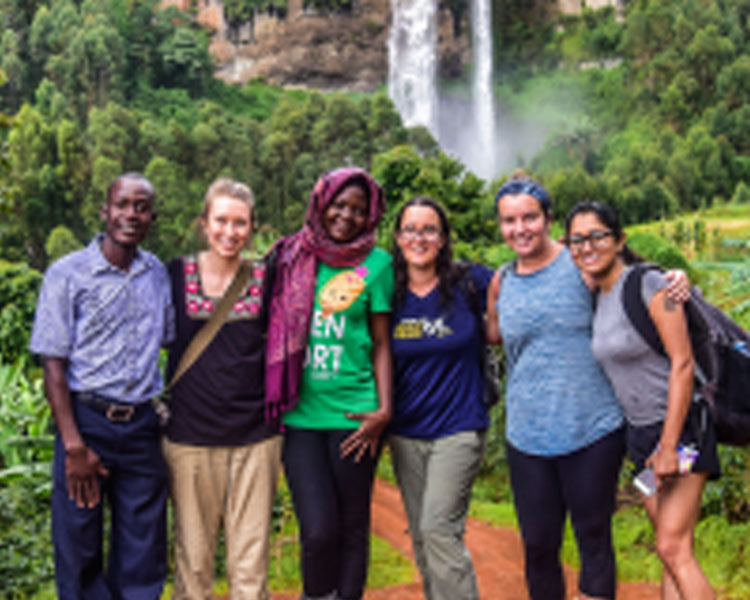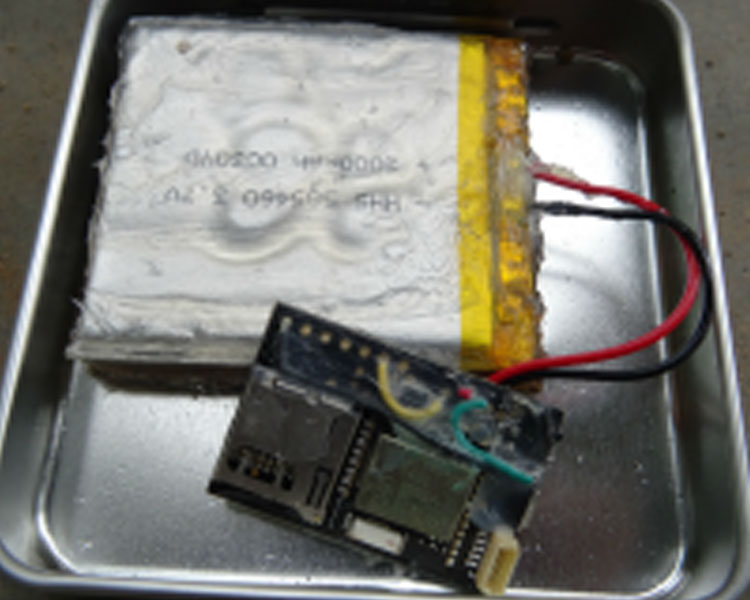
This summer, I traveled to Uganda with Megha Hegde (D-Lab research associate),and Dan Sweeney (lead research scientist D-Lab Biomass Fuel and Cookstoves Group) and Amit Gandhi (D-Lab instructor, MIT PhD candidate, and co-founder of Sensen), to work on a cookstove adoption study. This project is in its second year, and the aim of our work is to measure and analyze the usage and adoption of a cookstove designed by Appropriate Energy Saving Technologies Limited (AEST) as well as to study the application of low-cost sensors in this work. AEST, based in Soroti, Uganda, produces charcoal briquettes and designs the Makaa stove – an improved charcoal cookstove that has lower emissions and is more efficient than traditional three-stone fires.
In January, I visited Soroti to work on this project and was able to see the dedicated, hard work of the AEST team – comprised of 80 percent women - and community. Over the past few years, their cookstove and charcoal briquette production has significantly increased. I was inspired to continue this work throughout my spring semester at MIT and focused on the calibration of a low-cost particulate matter sensor as well as on testing potential design modifications and their effects on the Makaa stove. Returning to Soroti this past summer was a rewarding experience, as it allowed me to continue strengthening my relationship with the team and community as well as to evaluate and think critically about my involvement and future in this sector during my last semester left at MIT.
During the first two weeks of the trip, we focused on interviewing community members about their stove usage – specifically their experience with the Makaa stove – and the pros and cons associated with it. We traveled from house to house and listened to the women in the households talk about the Makaa stove – the amount of money that the stove saves them per month, how portable the cookstove is, and the challenges associated with longterm durability. Some of the women liked their Makaa stove so much, that when the stove broke, they would create small makeshift designs to fix the issues – local innovation right in the home! The feedback was appreciated and helpful, and we are currently working to perform more thorough data analysis in order to better understand the community members’ adoption of the cookstove as well as provide the AEST team with a better understanding of how the stove is perceived in the community.
The Stove Use Monitoring Systems (SUMS) have been installed in 30 households for the past year, and the recent phase of the project focused on collecting and updating the sensors to be reinstalled. We downloaded data stored on the sensors, which gives us insights into how often the stoves are being used in the households. Additionally, we updated the sensors’ insulation to decrease the amount of heat transfer that occurs between the stove and the SUMS. For the particulate matter sensors, we are testing a proof of concept design as well as the life and durability of them. With both of these sensors, we hope to continue working on how to scale up and continue iterating to improve the design for future applications.
During the trip I had the unique opportunity to stop by the International Development Design Summit (IDDS) focused on cookstoves in Kampala, Uganda. I got to see teams’ final projects, and the work that had been put into the iterative design process to complete the prototypes. It was exciting to see individuals from East Africa connect and work on innovative projects that are connected to the local community. Communicating with the participants was refreshing and invigorating as many of these leaders planned to continue their hard work back in their communities and expand upon the work they started at IDDS.
I am very thankful for the D-Lab Fieldwork Grant, funded by the MIT Undergraduate Giving Campaign, as well as to the D-Lab: Energy class, without which this work would not have been possible.




